Build a Duck Box Predator Guard
A predator guard will help to improve the chance of a successful hatch by preventing predators from entering your nest box
A predator guard will help to improve the chance of a successful hatch by preventing predators from entering your nest box
Once you have completed construction of your nest box, you need to construct a predator guard.
A predator guard will help to improve the chance of a successful hatch by preventing egg-eating raccoons and other predators from entering your nest box.
Your nesting box should include a predator guard to help ensure nest success!Choose your preferred predator guard below based on where and how you will install your duck box.
What you'll need:
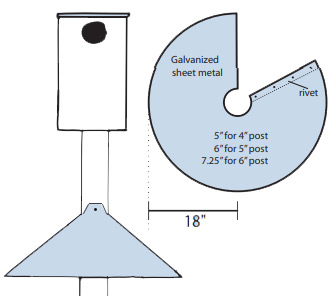
Lay out your sheet metal on a flat surface, preferably a piece of plywood on a set of wood sawhorses. Measure a width of 36" using a tape measure or yardstick and mark the width on the sheet metal.
Using your tape measure or yardstick, place a mark in the center (18") and drive a nail.
Cut a 24" piece of string and tie to the center nail. Wrap the string around your pencil, tightening the slack until the tip of the pencil sits on your 36" outer mark. Keeping the string pulled tight, work your pencil around the sheet metal to draw a visible circle. This will be your guide for cutting.
Put on your safety glasses and gloves. Using your pencil mark as a guide, choose a pair of tin snips or an electric nibbler to cut your sheet metal into a 36" circle. Remove the nail and drill or cut a hole in the center large enough to get your tin snips or nibbler.
Remove an 8" slice from the circle and join the edges to form the cone then rivet together. When riveting together, make sure the top hole is still large enough to get your snips or nibbler.
Avoiding the seam, make four cuts in an "X" pattern from the hole in the top (center) to make an opening the diameter of the pole you will use for mounting your box. Bend back the flanges slightly made when cutting and slip over the pole, and use nails or screws to attach the cone to your pole via the flanges.
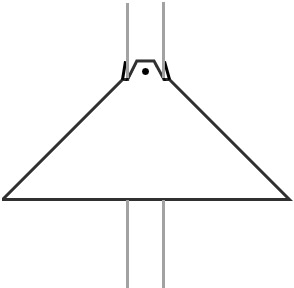
Gather your wood duck box, predator guard, and tools then use our tips to find the right place to install.
What you'll need:

Fold the sheet in half along the 49" length, creating a front and a back - each 24" wide. Along one 36" side, make a 1" fold towards the inside center.
Drill two holes 34" apart. Place your guard so it surrounds the pole or tree trunk. Slip the unfolded side under the 1" fold. Using vice-grips, bend the corners in to lock these pieces and prevent the guard from opening.
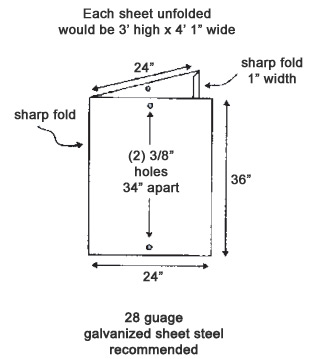
Gather your wood duck box, predator guard, and tools then use our tips to find the right place to install.
What you'll need:
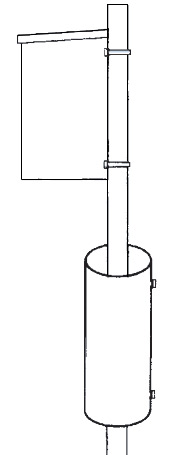
Drill a hole in the top and bottom of the pipe and pole about 32" apart. Slip pipe over the pole.
Secure the pipe guard to your mounting pole using 3/8" bolts and nuts. Depending on the diameter of your pipe, you may need to use a nut on each side of the mounting pole to properly secure the pipe (example below).
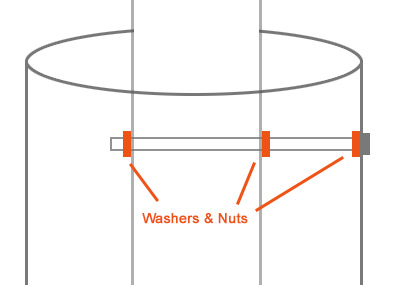
To prevent small rodents from crawling through, place a crumpled piece of chicken wire between the pole and the guard.
Gather your wood duck box, predator guard, and tools then use our tips to find the right place to install.
This information has been compiled from the nest box guide for waterfowl by Ducks Unlimited and the Canadian Wildlife Service, Environment Canada; and a conservator article by Mearl Ronney (Vol. 19, No. 3).
Ducks Unlimited uses cookies to enhance your browsing experience, optimize site functionality, analyze traffic, and deliver personalized advertising through third parties. By continuing to use this site, you agree to our use of cookies. View Privacy Policy